Triennial 2020 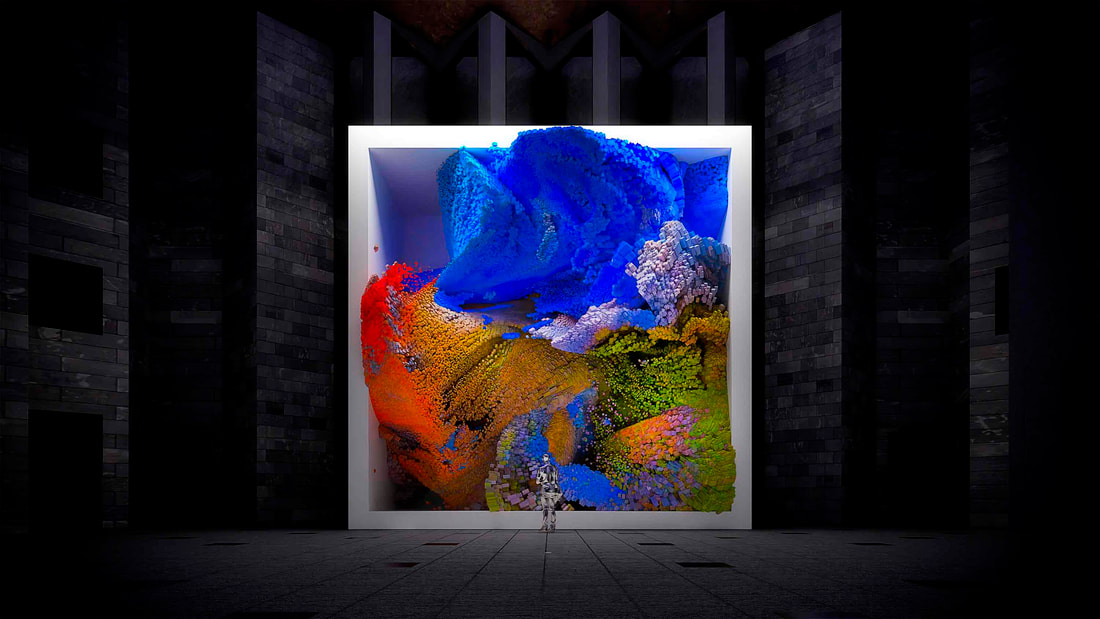 Refik Anadol, Quantum memories, 2020 (render), custom software, quantum computing, generative, algorithm with artificial intelligence (AI), real time, digital animation on LED screen c4 channel sound, 1015.0 x 1020.0 x 250.0 cm, Commissioned by the National Gallery of Victoria, © Refik Anadol, image courtesy of Refik Anadol If the 2017 Triennial at the National Gallery of Victoria broke attendance records with over 1.2 million visitors, it was short of a miracle that the 2020 Triennial took place at all. To bring together over 100 artists, designers and collectives from over 30 countries, featuring 86 projects, in the era of COVID was always going to be a tall ask. It has happened, it has a huge ‘wow’ factor with a mixture of popular household names as well as completely unexpected quirky discoveries. The Triennial 2020 is built around four broad themes with porous borders: Illumination, Reflection, Conservation and Speculation. Even after wading through the voluminous catalogue – that is more like a piece of bulky furniture than a read-in-bed book – the thematic categories are more like general conceptual props than clear categories. The concern is with the ability for art to challenge assumptions about the status quo, alert us to impending disasters, suggest alternatives, dazzle us with unexpected inventions and inspire us with wondrous creations of undreamt of beauty. The one work that had the greatest impact on me was by the young Turkish artist Refik Anadol, who now is based in Los Angeles. Titled ‘Quantum memories’, 2020, it is presented on a huge ten metre by ten metre LED display screen as you enter the NGV building in St Kilda Road. Commissioned by the NGV, it is a collaborative work between the artist and Google. Employing a dataset drawn from over two hundred million images linked to nature, Anadol uses a Google quantum computer (described as a thousand times more powerful than a conventional supercomputer) combined with machine learning algorithms enabled by AI. 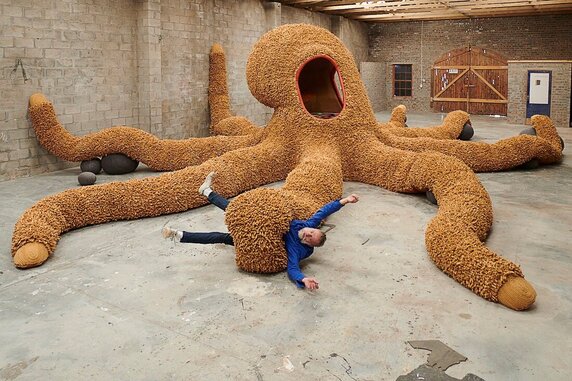 Porky Hefer (designer), Southern Guild, Cape Town (fabricator), Buttpus designed 2019, manufactured 2020, felted karakul wool, industrial felt, canvas, leather, sheepskin, salvaged hand-tufted wool carpet, recycled PEP stuffing, foam, steel 1512.0 x 1512.0 x 328.0 cm, National Gallery of Victoria, © Porky Hefer The image processing algorithms ingest millions of photographs and generate new images with related statistical properties. We are exposed to images of fantastic, ever-changing landscapes that never existed – something uncanny, a memory of something that never previously experienced, but somehow convincing and real. Enthralling, completely seductive and endlessly changing it brought to mind the words of the Sufi mystic Rumi, “Don’t grieve. Anything you lose comes round in another form.” Anadol presents us the world ‘in another form’ guided by Artificial Intelligence. The work is not like a video installation presented on a loop, but every moment it is in a state of flux constantly reinventing itself and creating new images. From the very high tech to the low tech is Porky Hefer’s Plastocene – Marine Mutants, 2020, from a disposable world. Hefer, based in Cape Town, South Africa, creates through his Southern Guild fabricators a series of handmade large-scale environments consisting of imaginary sea creatures from a dystopian future that he terms Plastocene. It includes a huge octopus-like creature made from hand-felted cigarette butts. In Heffer’s worldview, the end of the Anthropocene era will be marked by a new species that will transmutate and absorb the plastic bags, straws, coffee cups and other pollutants. Although humans as we know them will struggle to survive in this polluted environment, these mutants will flourish. If Anadol and Heffer are relatively unknown to Australian audiences, Jeff Koons is one of the most-high profile and iconic contemporary American artists. His ‘Venus’, 2016-20, is a two-and-a-half metre high mirrorpolished stainless steel sculpture with colour coating to add to the Baroque exuberance of the piece. The source image is a relatively obscure 1769, 34 centimetre painted porcelain figurine of the same name by Wilhelm Christian Meyer. Koons has taken liberties with his model to heighten the latent eroticism of the forms. As he observed, “Venus represents the combination of understanding the needs of society and of something greater than self, while at the same time the desire for procreation and the continuation of the species. It involves the seductiveness of all the senses – the joys, pleasures and pains of life itself.” This acquisition will certainly become a selfie-magnet for the NGV. Another very high-profile participant in the NGV Triennial is the Korean artist Lee Ufan who employs the Zen Buddhist practice of painting as a form of meditation that reveals energy and realisation. His ‘Dialogue’, 2017, a major new acquisition for the NGV, is what could be described as a sublime piece that seems to radiate in its space. The artist recently observed, “What is light and what is darkness? I do not like the definition that sees existence in terms of light and nothingness in terms of darkness. There is darkness in all form of light, and light penetrates all kinds of darkness. A concept of light or darkness considered in isolation cannot be valid.” It is a meditative, hypnotic painting that seems to vibrate in space and in contrast to the loud, bombastic and attention grabbing forms that populate the Triennial that occupies all levels of the gallery building. It is always difficult to summarise an exhibition like this Triennial that is conceived as a series of immersive spaces with superb moments such as the blue paintings and sculptures of Dhambit Mununggurr, the dialogue with the NGV collection by the Fallen Fruit or painting with neon light by the Welsh conceptual artist Cerith Wyn Evans. The NGV Triennial is being held at a time when the success of exhibitions can no longer be measured by attendance numbers, but it seems to be hitting the right spot. The Victorian premier, Daniel Andrews is allocating a record $1.46 billion for the building of a new NGV Contemporary and another $20 million is promised by the Ian Potter Foundation. The future looks bright for subsequent NGV triennials. Triennial 2020, National Gallery of Victoria,
19 December 2020 – 18 April 2021
1 Comment
9/1/2021 18:39:23
Great write up. Rafik Anodol is a wonderful artist and a big inspiration for my practice in the past 3 years. Great to finally see him getting an audience in Oz.
Reply
Your comment will be posted after it is approved.
Leave a Reply. |
GRISHIN'S ART BLOG
Sasha Grishin AM, FAHA is the author of more than 25 books on art, including Australian Art: A History, and has served as the art critic for The Canberra Times for forty years. He is an Emeritus Professor at the Australian National University, Canberra; Guest Curator at the National Gallery of Victoria, Melbourne; and Honorary Principal Fellow, Faculty of Arts, at the University of Melbourne. Archives
September 2023
Categories
Keep up-to-date with Sasha Grishin's blog with the RSS feed.
RSS offers ease of access and ensures your privacy, as you do not need to subscribe with an email address. Click here to download a free feed reader |
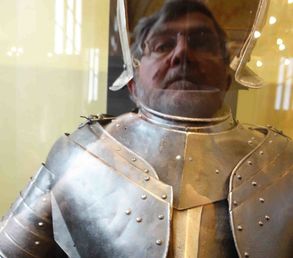
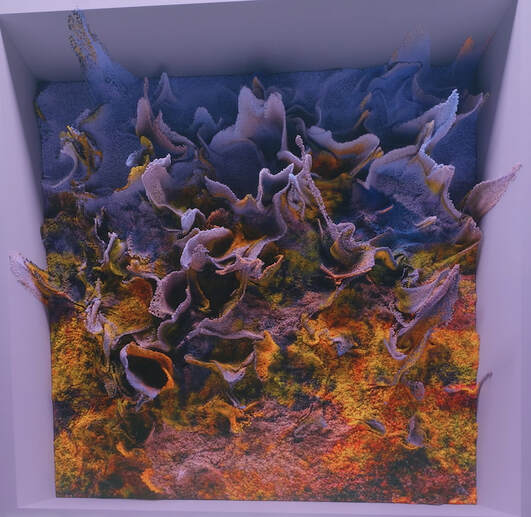
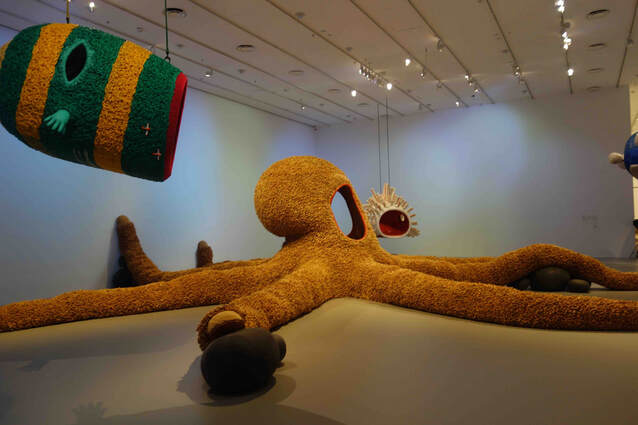
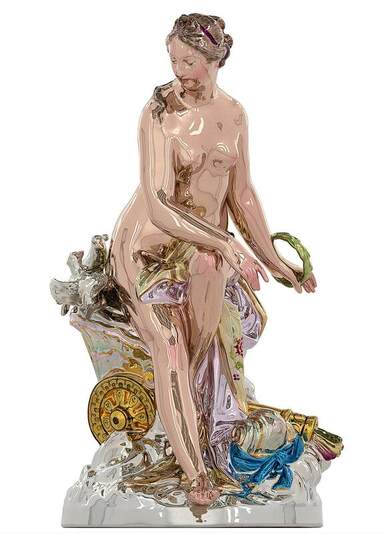
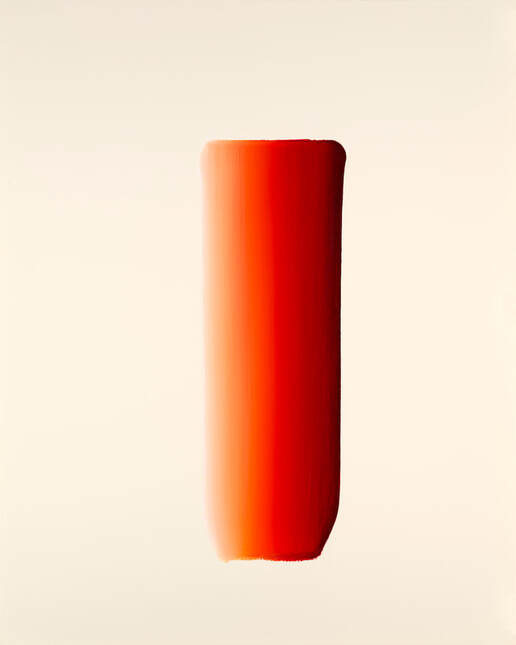
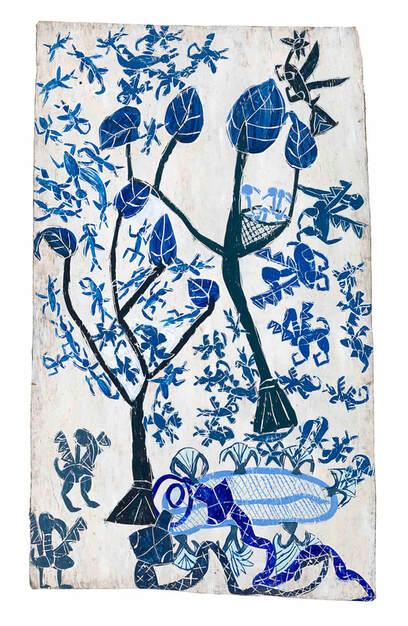
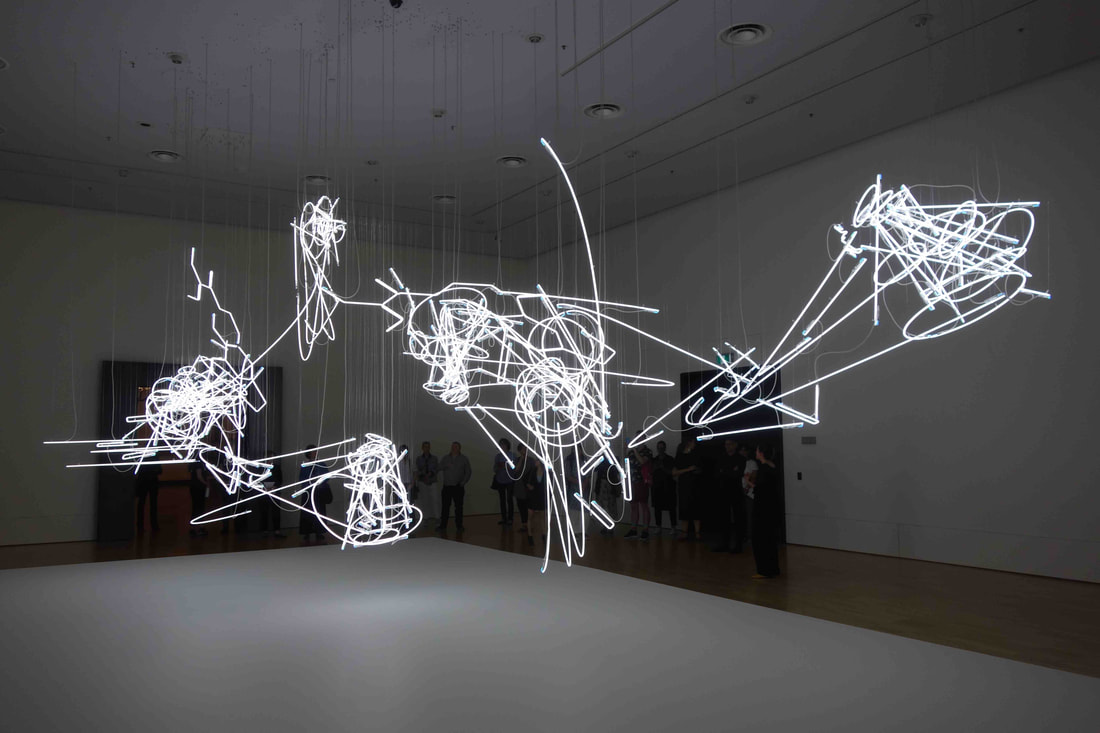
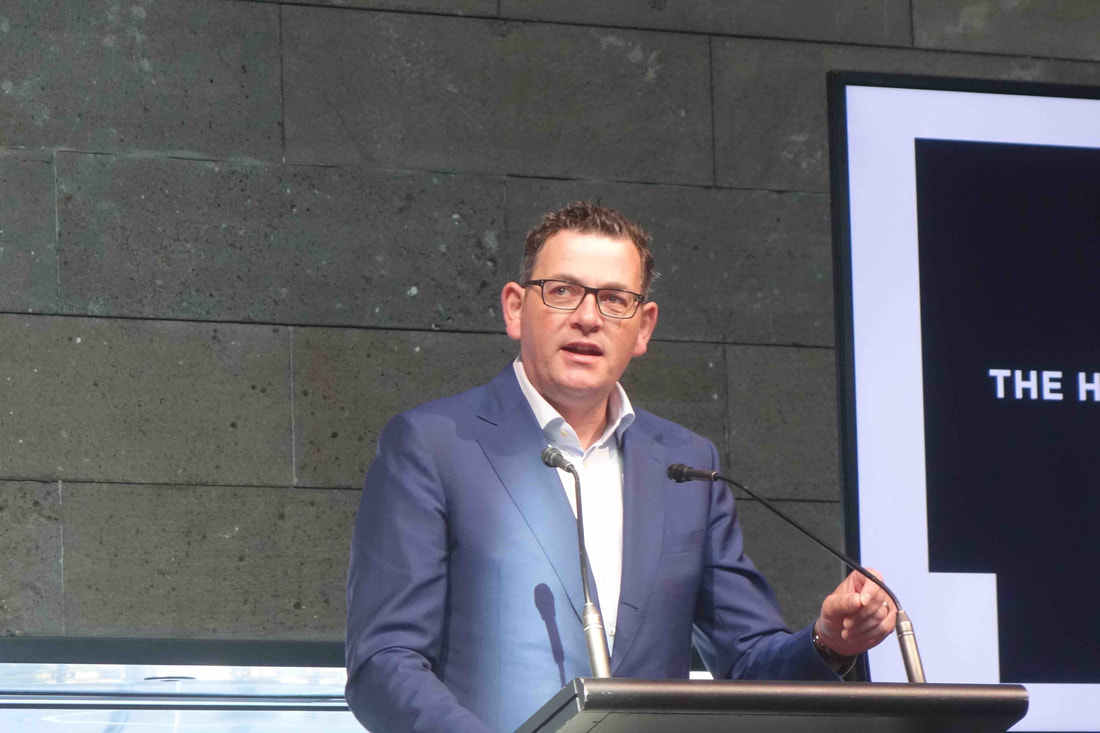
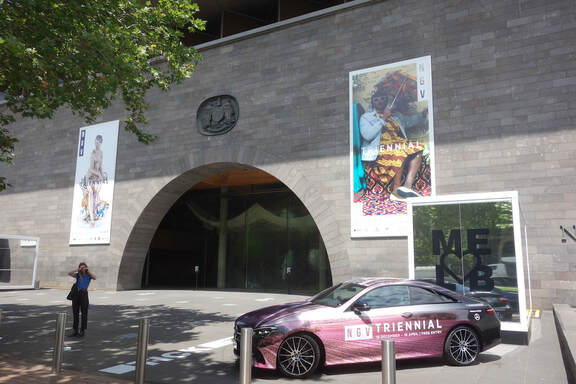
 RSS Feed
RSS Feed